Accessing the EGR and the SCR/DEF derate disabled on a Paccar MX Engine
In the world of diesel engines, the EGR (Exhaust Gas Recirculation) and SCR/DEF (Selective Catalytic Reduction/Diesel Exhaust Fluid) systems play a crucial role in reducing emissions and meeting environmental regulations. However, there are situations where accessing and disabling these systems can be beneficial for certain applications or troubleshooting purposes. In this blog post we’ll show you how to disable the powered rates on a Paccar MX Engine for emission systems.
What is EGR and why is it important in the Paccar MX Engine?
The EGR system recirculates a portion of the engine exhaust back to the intake manifold, reducing the formation of harmful nitrogen oxide (NOx) emissions. By reintroducing exhaust gases, the combustion temperatures are lowered, resulting in a decrease in NOx formation. In the Paccar MX Engine, the EGR system is an essential emissions control component, ensuring compliance with strict environmental regulations.
What is SCR/DEF derate and how does it affect the performance of the engine?
The SCR/DEF system involves injecting a carefully measured amount of Diesel Exhaust Fluid (DEF) into the exhaust stream. This fluid reacts with the emissions in the presence of a catalyst, converting harmful nitrogen oxides into harmless nitrogen and water. Derate, in this context, refers to the reduction in engine power and performance that can occur when there are issues with the SCR/DEF system. It is a protective measure implemented by the engine control system to prevent further damage and ensure compliance with emissions standards.
Reasons to Access EGR and SCR/DEF Derate Disable in a Paccar MX Engine
There are several valid reasons for accessing and disabling the EGR and SCR/DEF derate on a Paccar MX Engine. Some of these reasons include:
Performance optimization: Disabling the EGR and SCR/DEF derate can potentially improve engine performance, especially in specific applications where emissions control regulations are less stringent.
Increased fuel efficiency: By disabling the EGR and SCR/DEF derate, the engine can operate more efficiently by avoiding the energy loss associated with the EGR and reducing DEF consumption.
Troubleshooting: Accessing and disabling the EGR and SCR/DEF derate can assist in diagnosing and resolving issues related to these systems, such as faulty sensors or malfunctioning components.
Tools and Equipment Required for Accessing EGR and SCR/DEF Derate Disable
Before attempting to access and disable the EGR and SCR/DEF derate, it is essential to gather the necessary tools and equipment. The specific tools required may vary depending on the engine model and manufacturer, but typically include:
Diagnostic tool: A reliable diagnostic tool is required to communicate with the engine control module (ECM) and access the necessary parameters and settings.
Laptop or portable device: A laptop or portable device is necessary to run the diagnostic software and interface with the ECM.
Vehicle-specific software: Ensure you have the appropriate software specifically designed for the Paccar MX Engine to access relevant settings.
Physical access to the ECM: Depending on the engine layout, you may need to remove specific components to gain access to the ECM or connectors.
Accessing the EGR and the SCR/DEF Derate Disable on a Paccar MX Engine
To make it easy we have created this video for you to follow along.
Conclusion: Summary and Key Takeaways from Accessing EGR and SCR/DEF Derate Disable in a Paccar MX Engine
Accessing and disabling the EGR and SCR/DEF derate in a Paccar MX Engine can have potential benefits but requires careful consideration and adherence to emissions regulations. Understanding the engine's architecture, having proper tools and equipment, following safety precautions, and seeking professional advice are crucial steps. Regular maintenance, monitoring, and compliance with legal requirements are essential for maintaining engine performance, longevity, and environmental responsibility. Always consult with experts and professionals for guidance specific to your needs and circumstances.
